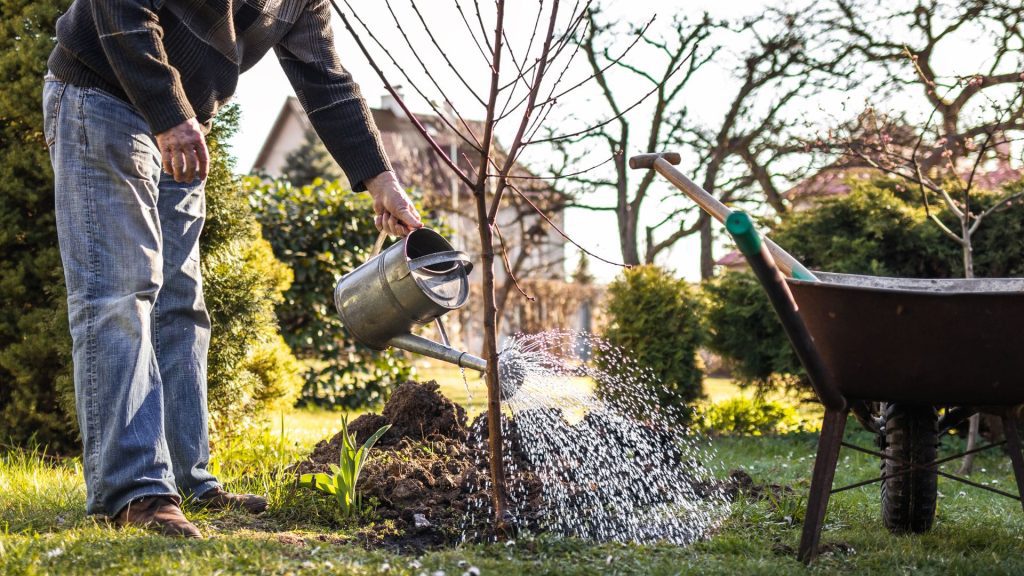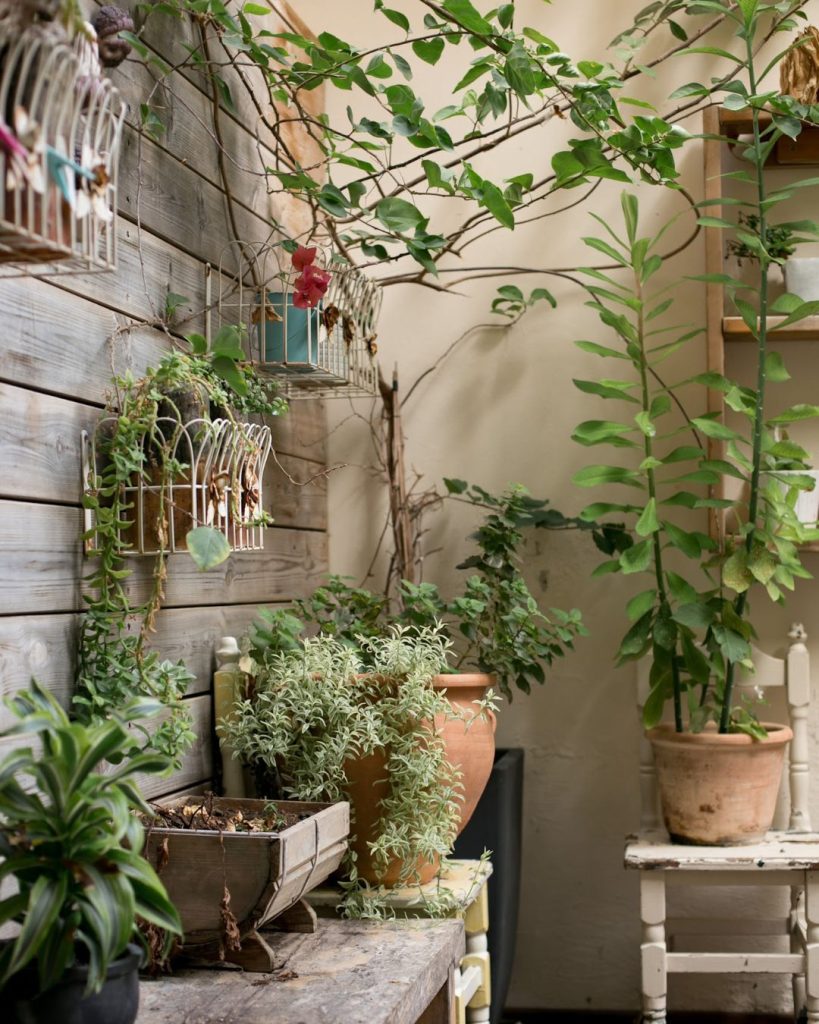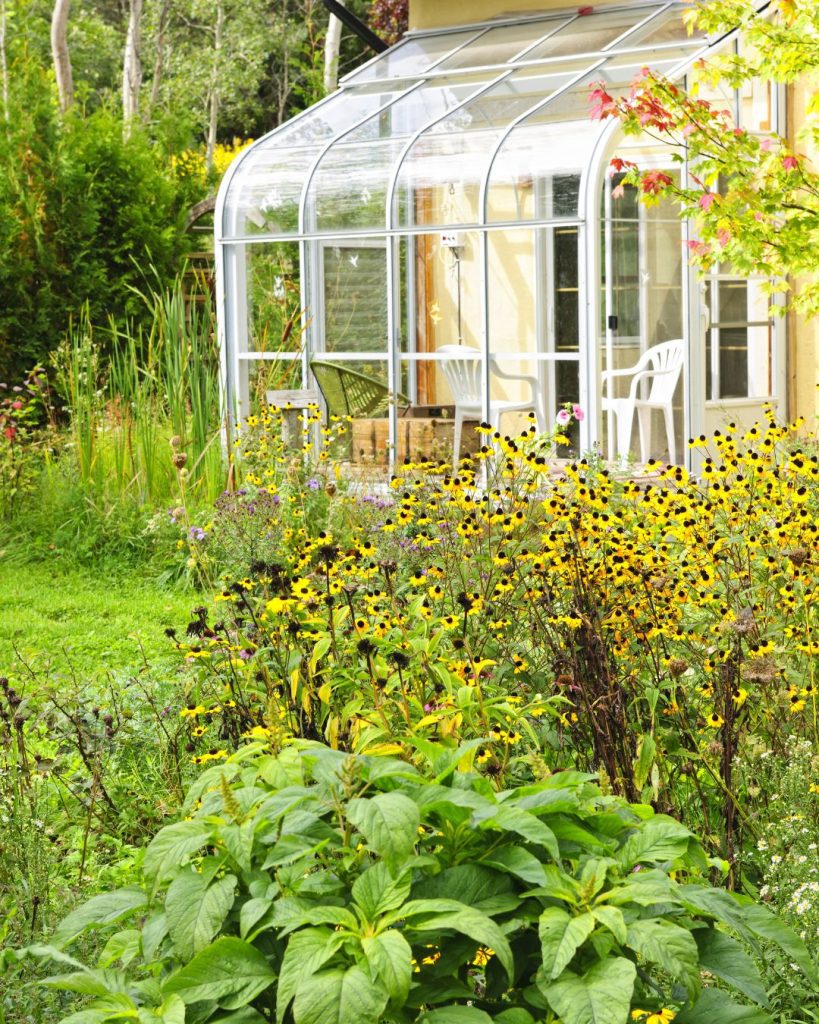What To Plant In Autumn
Fall is a season of change, and for gardeners, it’s a prime opportunity to revitalise our outdoor spaces. While many may think of autumn as a time of winding down, for the green-thumbed among us, it’s the launch pad for a successful spring. In fact, planting in the fall is crucial for ensuring plant establishment before the cold sets in and for encouraging a robust growth come next year.
Whether you have a large garden or simply a few pots on a city windowsill, autumn is a season full of potential that should not be overlooked. Read our guide to what you should be planting this autumn if you want to set your garden up for success.
The Importance of Autumn Planting for Garden Success
Gardeners often associate planting with spring and summer, but the cool, moist conditions of autumn are uniquely conducive to root growth. When you plant in the fall, the energy reserves of your plants are directed towards root development rather than foliage, which means they have a much stronger chance of surviving the winter and blooming beautifully in the spring.
Early autumn, in particular, is a great time to get perennials, shrubs, and trees in the ground, giving them a head start on establishing themselves before the frosty weather arrives. Additionally, establishing a healthy root system during the fall ensures that your plants can take full advantage of the moisture and nutrients available in the soil. This will keep them strong and healthy, making them more resistant to pests, diseases, and the stresses of the coming summer months.

Best Plants to Consider for Your Autumn Garden
Fall Flowers
Cool-Season Vegetables
Herbs and Aromatics


Planting Techniques and Tips
Soil Preparation
Watering Schedule
Frost Protection
Seasonal Maintenance
Pruning
Mulching
Pest Control


Urban Homesteading Tips
Container Gardening
Vertical Gardening




